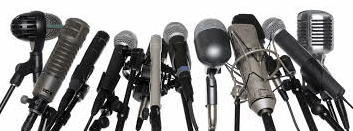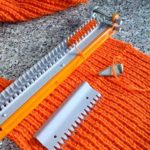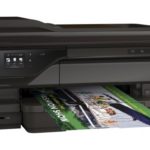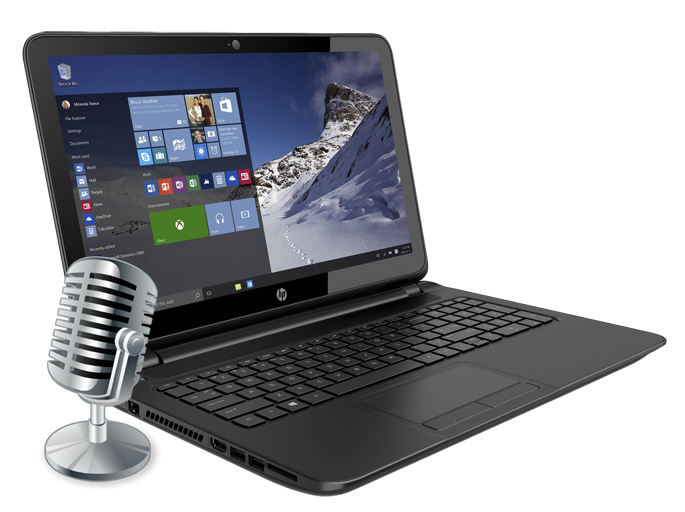Which microphone is better: condenser or dynamic?
Choosing a microphone is not an easy task. The words “dynamic” and “capacitor” seem to have no relation to the device, especially for the average person. However, they point to differences in the type of construction. Design features affect some characteristics of the microphone, so they should be taken into account. But first, figure out what the difference really is.
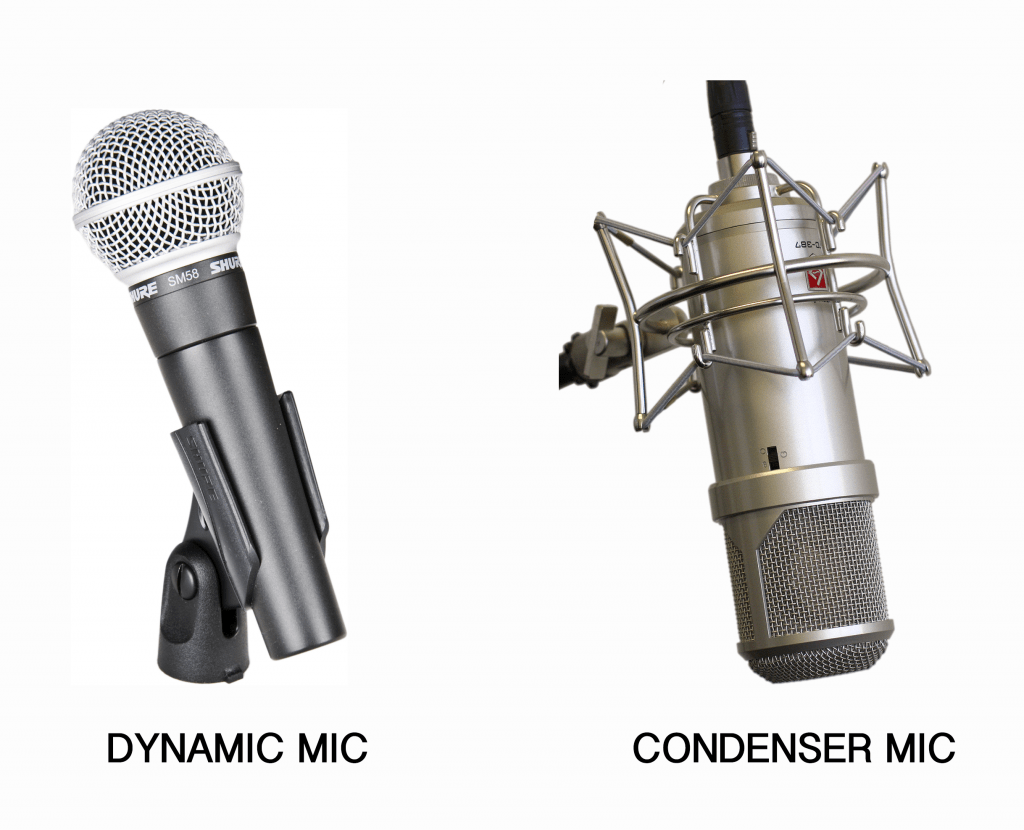
The content of the article
Condenser microphone - features
In fact, to understand the design, you need to understand the principle of operation of the microphone. Relatively speaking, we should imagine two plates - a static conductor and a retractable membrane. The polymer film from which the membrane is made is coated with a thin nickel or gold layer. The layer improves the sound. By interacting, the plates output sound.
REFERENCE. The capacitance of the capacitor depends on the movements of the membrane, which vibrates under the influence of acoustics.
Changing the voltage allows you to make the sound quieter or louder, depending on the vibrations of the membrane. It comes closer and moves away, like a pendulum. Stable operation is achieved due to the electric field arising from the battery. All components of the device represent a capacitor.
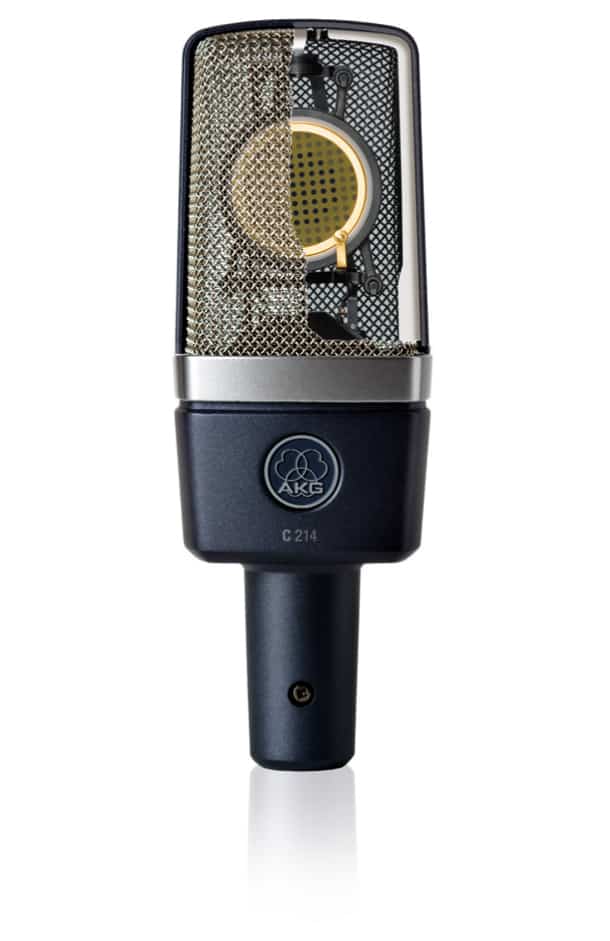
Dynamic microphone - features
The transformation of acoustic waves occurs under the influence of current induction in a magnetic field. A dynamic microphone consists of the following parts:
- gasket (aka membrane);
- coil;
- small magnet.
A magnet, accordingly, is needed to create a magnetic field. Sound waves arise, are transmitted and sound due to air pressure and the slightest changes in it. The movements move the coil, which generates an electrical current.
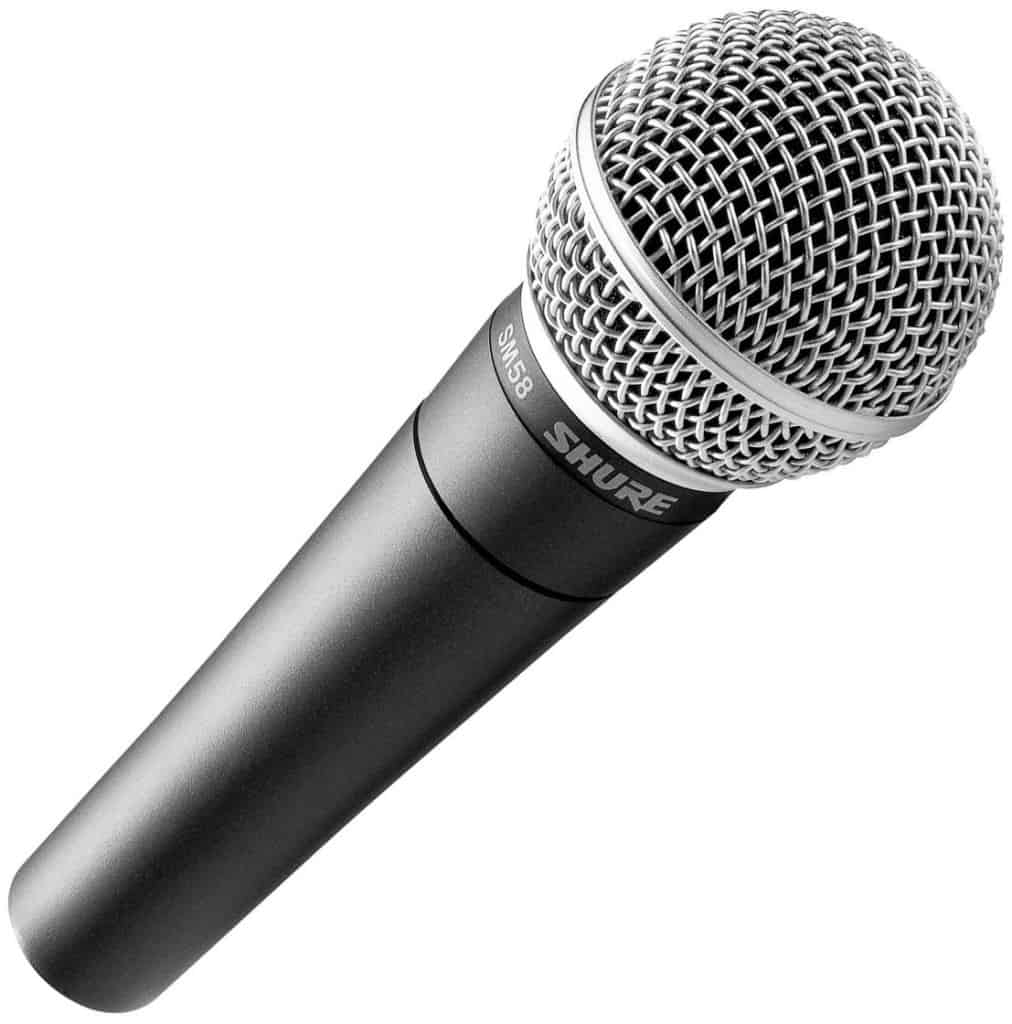
Dynamic or condenser microphone - which is better?
The choice of microphone directly depends on the purpose of its purchase. Under what conditions it will work, what it will be used for - all these factors are important, since this is the device that outputs sound. And the desired effect can be achieved only by making the right choice.
IMPORTANT. The choice should be made based on the purpose of the microphone.
Design features are practically irrelevant. But a dynamic microphone does not require an additional power source, while a condenser microphone requires batteries; which one to choose is entirely your decision. Also, dynamic has the ability to damp out much more extraneous sounds.
The dynamic microphone is also not affected by temperature or humidity. If dropped, the device will most likely not be damaged. It's great for stage performances, working with instruments, and recording loud sounds. It is also suitable for people involved in video blogging.
A condenser microphone has a higher ability to pick up and convert high frequencies. Also, such devices are usually more compact due to their design features. They are great for recording vocals, including studio recordings, as well as for recording instrumental music.The sound will be as clear as possible, and will differ from recording into a dynamic microphone. In other words, great for recording music.
Thus, it is best to choose a microphone that is suitable for specific purposes. By purchasing according to your focus, you can end up with a recording of appropriate quality.
